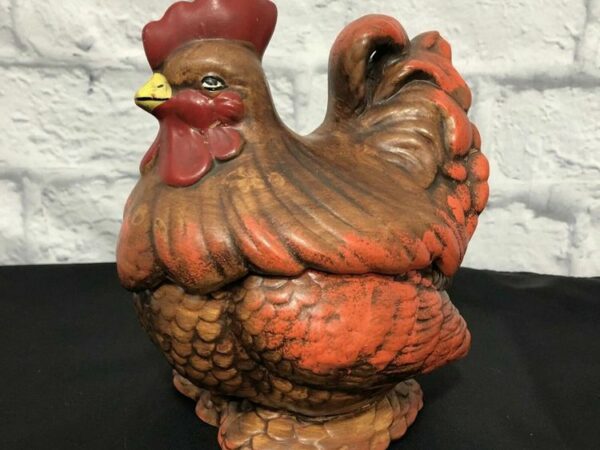Last year when my sister was getting married, my mother finally opened the old rusty trunk where she keeps all the family gifts handed down from generation to generation. As per tradition, she wanted to give something to my sister because of her new life.
Among the plethora of blankets, radios, trinkets, and dinner sets, we found a massive box of silverware that was passed down to my mom from her mom. Covered in sheets and plastic covers, that black box was a heavy load, and the silver inside was sparkling despite the long time it had been stored for.
This made me wonder how long these exquisite pieces have been in the family. Where did they come from? What is their worth now since they must be a rare find? How can I figure out their roots and track down the history of this antique silverware?
I am sure I am not the only one curious regarding the whereabouts of a family heirloom or an antique item I got my hands on at the thrift shop. To assist people like me in identifying antique silverware, getting to know about its history, and determining its worth in this day and age, I have assembled a list of tips that can help you.
Table of Contents
What is Antique Silverware?
While it seems obvious to many people, I would still like to discuss what antique silverware is. Antique silverware is silverware that was produced in a previous era. However, there has been considerable debate on what people consider antique.
Silver flatware refers to silver forks and spoons of all sizes, including tablespoons, dessert spoons, table forks, dessert forks, sauce ladles, soup ladles, basting spoons, and teaspoons.
Lately, Gen Z is using “antique” as an umbrella term for anything that does not conform to modern-day construction. Some people consider an antique anything old, while others think the item in question must be at least five to ten decades old.
Due to their rare construction and survival through the test of time, antique silverware is considered of high significance, and people love to get their hands on these items. They seldom use it for its functionality but instead choose to display these as souvenirs. Others take them out only for formal events and for special guests.
Just as it is a tradition in my family, many women pass these heirlooms to their eldest daughter as a token of love and essential to help her set up her household.
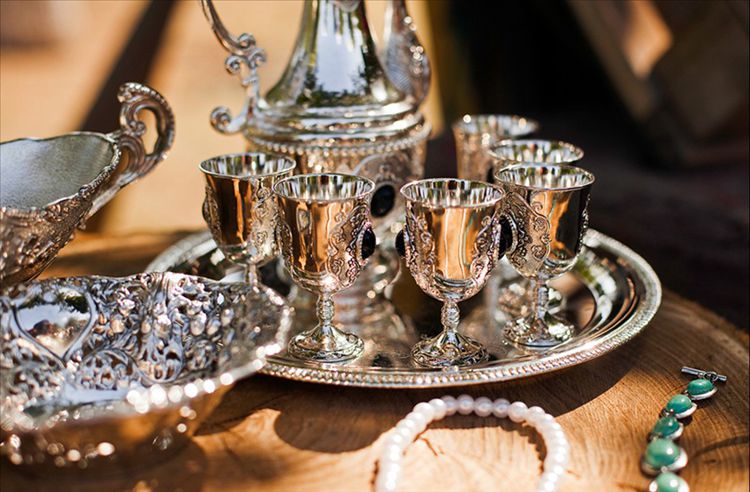
History of Antique Silverware
Being one of the seven metals known for their antiquity, silver has been utilized throughout the history of the manufacturing of dinnerware, trophies, cutlery, coins, and so on. The evidence of silversmithing goes as far back as 2500BC.
We can find pieces of evidence dating back to 1900BC in Greek and Roman civilizations. Central Europe became the primary silver producer in the middle ages. Eventually, America was discovered, and Spanish conquistadors plundered silver, shifting the direct production of silver in favor of Central and South America. They continued to rule over silversmithing until the beginning of the 18th century.
By the 19th century, parts of North America, mainly Canada, Nevada, and Mexico, took over silver production. In the 1800s and early 1900s, formal dinners were a long, tedious affair that required dinnerware of similar stature, which is why silver was mainly used on dinner tables.
How to Identify Antique Silverware
Identifying antique silverware is a tricky business that requires careful observation and, in most cases, years of experience. Most of the time, the history of flatware is lost over generations. People rarely record their family heirlooms, and most have no clue where their antique items come from.
If you are looking for a way to decode the history of your antique silverware, you are in luck because, usually, every piece of silver has a clue that can point you in the right direction.
Some critical factors that can help you solve the mystery of your antique silverware include determining the type of silver used, the mark of the manufacturer, and the pattern on the silverware.
Identify the Hallmark of Silversmith

The first step in identifying any silverware item is to find the maker’s mark on the silver. Ideally, you should polish your silverware if it is tarnished or you are having difficulty finding or making the mark. Usually, this mark is located on the underside of the handle.
Use a magnifying glass or a jeweler’s loupe to look at the mark closely. You will either see the name of the manufacturer or a silver hallmark that indicates the name of the company responsible for designing and engraving the pattern. Many companies use a unique stamp to mark their identity on their products.
The flatware that belongs to the 18th century usually has a mark closer to the spoon’s bowl or the fork’s curve. Hallmark or a manufacturer’s name is your first step to finding the history of your silverware.
Determine the Type of Silver Used
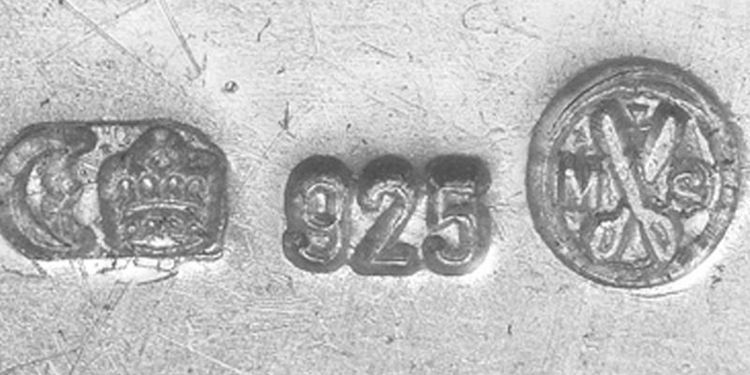
The next step is to determine what material your silverware is made of. You may be able to see a base metal due to the wear and tear of the items. Most of the time, silversmiths used copper or brass before polishing it with silver. If metal is visible, it is safe to assume that your piece is silver-plated.
In other cases, there will be no visible dark metal beneath the scrapes of silver. This indicates that your piece is made of sterling silver which is typically more valuable than silver-plated pieces. Moreover, most sterling pieces are marked “sterling” or with the number “925,” which indicates the parts of pure silver used in the making. (92.5 parts pure silver to 7.5 parts copper alloy). English initiated this practice in the 12th century and later adapted worldwide.
Sometimes, silver-plated pieces have the word “plated,” “IS,” or “A1 engraved on them, but other times, you will find no mark on the material at all.
Recognize the Pattern of Silverware

Compared to the previous two steps, this one is the trickiest and most extensive. Once you have determined the hallmark of the item and the type of material used, you can now work on finding the pattern of your piece.
Compare the pattern of your piece with pictures from reference books and silverware directories that you can find online. The Online Encyclopedia of Silver Marks, Hallmarks, and Maker’s Mark is an excellent source for the identification of your antique silver piece. You can also take your piece to an antique store to ascertain the company’s identity. However, be careful when dealing with any professionals because antique items are at constant risk of being confiscated, and fraud in the industry is pretty standard.
Some of the popular patterns of silverware you can come across include:
- Reed and Barton Majestic Pattern – Released in 1894, this timeless piece of silverware is majorly inspired by Victorian designs. The design is comparatively simpler, with acanthus leaves and carved lines on the handle.

- Gorham Decor Pattern – By the 1950s, the patterns of silverware shifted drastically. The motifs here are modernized, and the lines are clearer than before. However, this piece is fussier than its counterparts and ideal for Victorians of the time.

- Alvin Bridal Rose Pattern – One of the most distinctive and feminine patterns that you can find on silverware is the Alvin Bridal Rose Pattern. The piece incorporates many side roses along with the central rose on the handle.

- Durgin New Art Pattern – A personal favorite of mine and an ode to the Art Nouveau style of 1899, New Art by Durgin is a graceful design that uses braided lilies on the handle and floral design on the body of the piece.

Tips for Collecting Antique Silverware
Collecting antique silverware can be a fun and creative hobby that allows you to decorate your house with the most exquisite silver pieces but also opens your mind to the wonders of history and chronology.
An uninformed antique silver flatware buyer is likely to fall prey to fraud, so it is essential to contact a professional or stick to this guide when going vintage shopping.
If this article has inspired you to begin collecting antique silverware, I urge you to keep some crucial tips in mind before you embark on this soulful journey.
Collect Multiple Patterns from Different Eras
While you may be tempted to keep stocking up on the gorgeous floral patterns of the Art Nouveau period, remember that a good collector values items from all kinds of eras and appreciates the beauty in each one.
Having a diverse set of silverware allows you to diversify your taste, learn about a multitude of eras, and own an impressive collection of unique designs from the passage of time.
Pick a Type of Silverware to Focus On
Finding complete sets of dinnerware in this era can be a daunting task, and often it is impossible to own every piece of the box. Hence, many collectors focus on only one kind of silverware, such as a sardine fork or a sauce spoon. This practice can streamline the entire process and make it easier to collect your desired set.
Ascertain the Material of the Piece
If you are a seasoned collector, you would know that the antique industry is susceptible to fraud and require a thorough screening process. For example, if you have found a piece of silverware that says that it is made up of sterling or “925,” you need to confirm the nature of the material instead of taking the word for it.
You can confirm the usage of sterling by asking a professional to perform an acid test in front of you. Otherwise, you can depend on the marking of the piece.
Check the Condition of the Piece Before Paying
While antique silverware is exceptionally significant, you must remember that the item’s condition affects its value. In the case of sterling pieces, ensure that the pattern is clear and not excessively polished. In the case of silver-plated pieces, avoid paying the full price for silverware with dark metal peaking through its layers.
How To Assess Value of Antique Silverware
The value of antique silverware can vary from piece to piece depending on a number of factors, like the item’s condition, the material used, and how old the item is. Let’s discuss some of these factors.
Sterling Silver Vs. Silverplate
Sterling silver has more excellent value than silverplate due to the more significant amount of silver used in the product. You can quickly melt down and refine this silver, and it will retain the current value of silver, which gives it excellent resale value.
Silverplate lacks inherent value because it does not have enough silver used for it to be of use later unless you have a sentimental connection with it.
Condition of Silverware
Another major factor that determines the value of silverware is the condition of the item at the moment. Silverware tarnished, pitted, or damaged will obviously lose its value compared to the original value. Examine your silverware for the following:
- Apparent structural damage, such as bent handles, broken spikes, or missing parts, will automatically lower the product’s value.
- Environmental or damage from the passage of time, such as tarnishing, pitting, rusting, and discoloration of the silver, will also result in less value.
- Loss of detail of the patterns, markings, and engravings on the item due to repeated polishing or the passage of time can chip the metal away. Detail loss on the design could be better for the product’s value.
Completeness of Sets
People avoid purchasing silverware sets with missing pieces, such as forks, spoons, and ladles. A complete set drastically improves the product’s value for aesthetic and functional reasons. People won’t be able to find similar pieces anywhere else, so they prefer to invest in complete sets.
Moreover, more extensive sets are preferred over smaller ones, especially if they come with service accessories like spoons, cake knives, etc.
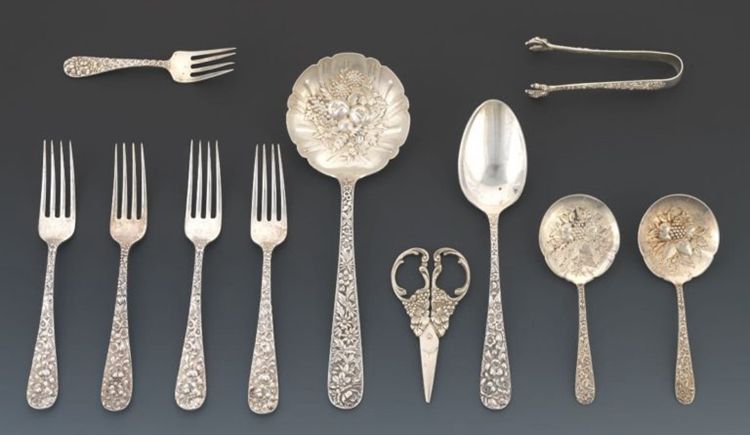
Age of Silverware
One of the most crucial factors determining the value of antique silverware is how old the set is and from which era it belongs. The older the silver is, the more customers it attracts, increasing its heritage and monetary value. Victorian silverware is one of the most memorable dinner sets one can own.
Pieces produced before the 1830s are far more valuable than the ones made right after. The reason for this divide is that before the 1830s, all the pieces of silverware were created by hand in a workshop. However, after this decade, manufacturers started mass producing by machines, and the intricate handwork was lost.
Some eras are superior to others due to the events that took place during that time. For example, American silverware from the 1860s is highly prized because it belongs to the Civil War era. Similarly, silver from the early 20th century is greatly appreciated due to its association with the Arts and Crafts era.
Pattern of Silverware
A unique provenance can improve the value of the product. Basic designs on the silverware are typically less valued due to the reduced amount of work and attention placed on it. People prefer to buy bold pieces with elaborate details and intricate markings.
You will notice that pieces from the Art Nouveau era will have beautiful floral patterns that people generally love. The popularity of these patterns causes an increase in their value. Compared to these, pieces from the 20th century are less appreciated because of the plain patterns and less work on the handles.
Make sure your pattern identification is accurate, and there is no discrepancy in the process.
Comparing Your Silverware
An easy way to assess the value of your silverware is to compare your piece with other similar articles online. You can compare their prices and figure out how much people are ready to pay for these items.
eBay is an excellent marketplace for finding antique pieces you can compare to your silverware. The sold listings on their website can give you a rough idea of what sellers are paying for.
Conclusion
Suppose you are among the lucky people who happen to inherit an antique silverware heirloom from your family, or you are a fortunate collector who got their hands on a unique dinner set. In that case, you should appreciate the historical items and guard them carefully.
Being lucky enough to own an antique silverware set is just the start. To make effective use of your finding, you need to be aware of the different types of sets there are and, consequently – their values.
I’ve explained some of the best ways through which you can identify and value your sets.
To keep your belongings safe, you can also obtain an appraisal from a professional and get them insured in case of future theft or loss. Depend only on reputable dealers, so you don’t get cheated by scams.
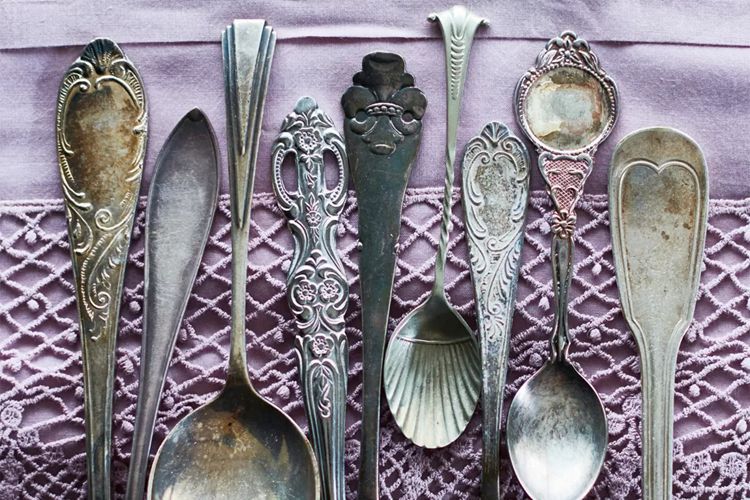
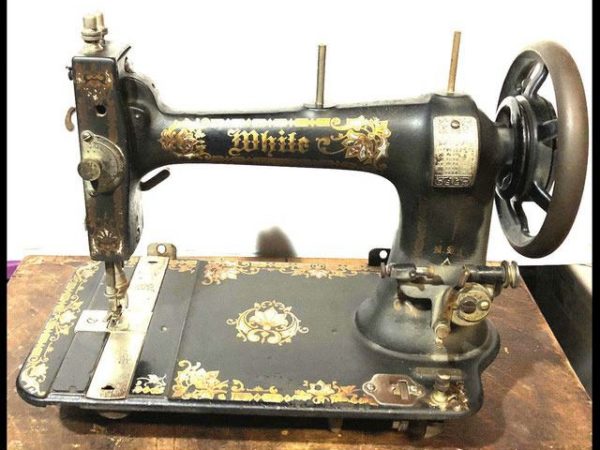

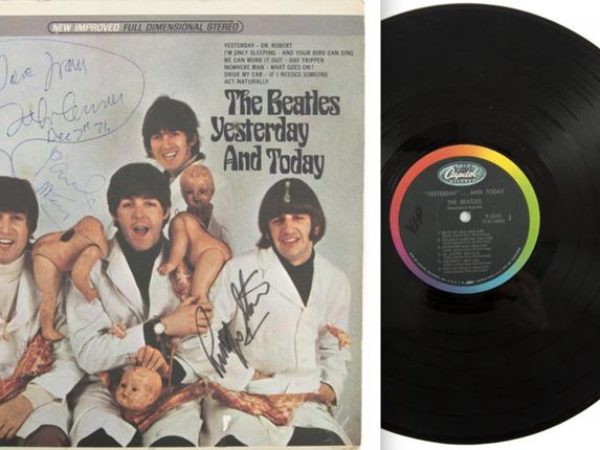

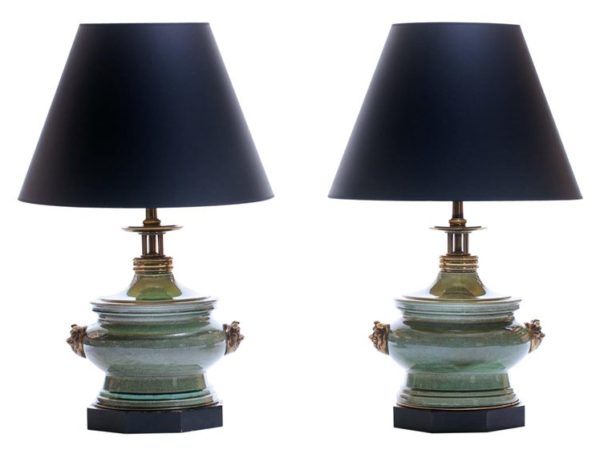
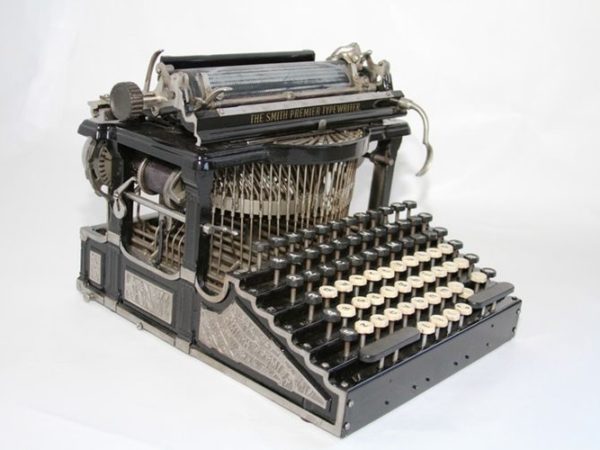
![Vintage Schwinn Bikes: [Types, Identification, and Values]](https://www.txantiquemall.com/wp-content/uploads/2022/05/5.-Schwinn-1967-Ramshorn-Fastback-Stingray-Sky-Blue-vtg-600x450.jpg)
